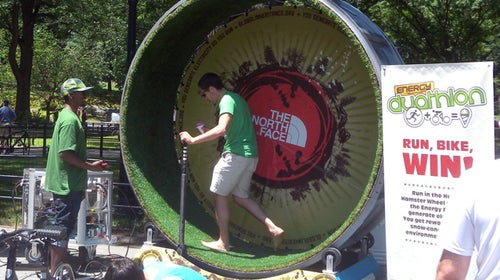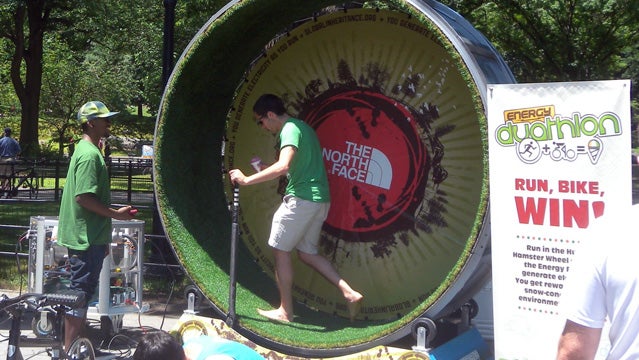Compared to consumer products that are packed with harmful metals or chemicals, such as electronic waste or paint, cast-off outdoor apparel and footwear play a benign role inside landfills. But that doesn’t mean your dated fleece jacket or dusty Tevas should end up in a trash heap. For one thing, landfill space is finite and the Environmental Protection Agency (EPA) says about 22 billion pounds of post-consumer textiles were trashed in 2010 alone. For another, pre-owned apparel and footwear are reusable resources, either through resale or recycling.
���ϳԹ��� Ethics
Mary Catherine O’Connor and guest writers on environmental issues and the ethics of adventure.Manufacturers and outdoor recreation industry groups have started a number of programs to help stem the flow of gear into garbage cans. and Common Threads initiative have fostered a market for buying and selling used Patagonia duds. The Snowsports Industries of America’s recycling program says it will soon be diverting one million pounds of olds skis and snowboards from landfills each year.
Today, The North Face is starting its own gear recycling program, called . Through a partnership with I:CO, a textile recycling service based in Germany, The North Face is placing collection bins in 10 of its retail locations in the United States to accept any used apparel items or shoes—from any manufacturer. In return, you’ll receive a discount voucher to be used toward the purchase of The North Face products.
The program will run for three months on a trial basis, but TNF says it is not looking for specific metrics, such as how much material is collected. The company is more focused on whether Clothes the Loop can appreciably help its customers to think more about the lifecycle of the products the buy.
“The value is if our customers use the service and care about it,” says Adam Mott, The North Face’s corporate sustainability manager. “It’s an opportunity that lets us divert waste and also engage customers in sustainability. A lot of what we do [in our sustainability efforts] is not the sexy stuff,” he says, but because the Clothes the Loop program is tangible to customers, he hopes it will resonate with them.
“The majority of what is collected will be reused,” Mott says. “I:CO has a sorting facility and will look at what comes in, sort out what is good to go, what needs to be repaired, and then there’s a small percentage that is not reusable, and that gets recycled into things like carpet backing or stuffing for toys.” He adds that only two percent of what I:CO collects ends up in landfills.
I:CO, which also works with H&M and a number of other retailers on apparel and footwear collection programs, is a for-profit company. But The North Face says it is launching Clothes the Loop not as a new revenue stream but as a way of raising funds for environmental programs.
“I:CO sells the clothing they collect and part of our agreement is that the proceeds we’d earn, as part of our agreement, first we’ll take a percentage of that to cover the costs of shipping [the collected goods] to I:CO and then anything left over will go to the ,” Mott says. Conservation Alliance is a consortium of outdoor industry companies that support grassroots environmental programs.
Mott says collecting apparel and footwear from any and all manufacturers is an important element of the program because it will allow TNF to collect as much gear as possible and to make the collection bins convenient for shoppers, no matter what they want to clear out of their closets. Because the company offers a lifetime warranty, consumers’ first option is to bring damaged TNF gear in for repair or replacement. But Mott acknowledges that sometimes customers want to replace shoes or apparel not because they need repair but simply because they’ve grown tired of them and want a new or updated style or fabric. In those cases—which, if we’re honest with ourselves, are probably the lion’s share—the collection bins will give old duds a second chance.
Stores in San Francisco, New York, Chicago, Seattle, Minneapolis, and five other cities are participating in the program. You can find the complete list .


